Bioenergy
-
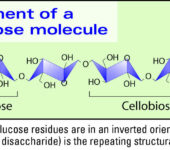
-
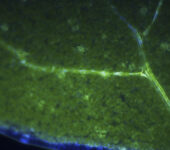
Zip-LigninTM
Lignin is a key obstacle to extracting sugars from biomass. Researchers have redesigned lignin to include weak bonds, or “zips,” which make it much easier to break apart. Here, the feruloyl-coenzyme A monolignol transferase is expressed following introduction of weak bonds into the lignin of poplar tissue.
Zip-LigninTM technology, already licensed to an international leader in woody biomass processing, can reduce the cost of producing fuels and chemicals from many energy crops and enable pathways to new products from biomass.
-
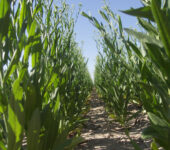
Camelina Oilseed
Camelina oilseed feedstock crops can be grown on marginal farmland (lower fertilizer inputs and no irrigation).
-
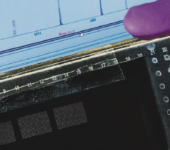
Enzyme Screening Tool
Codeveloped by Joint Bioenergy Institute researchers, high-throughput nanostructure-initiator mass spectrometry (HT-NIMS) can be used to quickly and precisely determine the molecular composition of thousands of samples arrayed on a small slide of silicon. JBEI researchers are using the technology to screen for enzymes useful in biomass deconstruction.
-
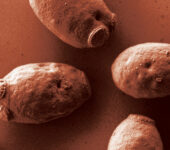
-

Poplar Roots
Confocal microscope images of bacteria on the surface of poplar roots. Viable Pseudomonas sp. GM17 are stained green (with Syto9), and dead cells are stained red (with propidium iodide). The root surface is visualized by autofluorescence.
-
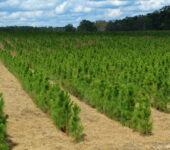
Pine Feedstocks
Field trial of a pine feedstocks population used in a genome-wide selection project.
-
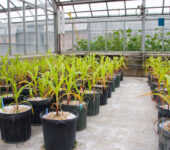
Research on Bioenergy Crop Sustainability
To improve the sustainability of crops and agricultural residues used for energy production, Great Lakes Bioenergy Research Center researchers are studying the symbiotic associations of crop roots with arbuscular mycorrhizal (AM) fungi. Interactions with AM fungi benefit host plants by improving the uptake of nutrients, especially phosphorus, nitrogen, and potassium from the soil. Establishing these symbiotic associations in crops grown under suboptimal conditions has the potential to increase biomass production while limiting use of fertilizers and pesticides.
-
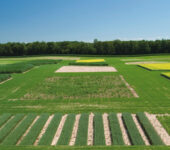
-
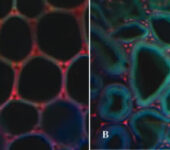
Dissolving Cell-Wall Compounds with Ionic Liquids
These confocal fluorescence images show switchgrass cell walls (A) before pretreatment with the EmimAc ionic liquid and (B) 10 minutes after treatment, in which the cell walls have swollen in size, a prelude to complete solubilization of cellulose, hemicellulose, and lignin.